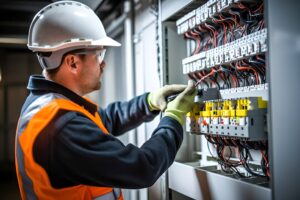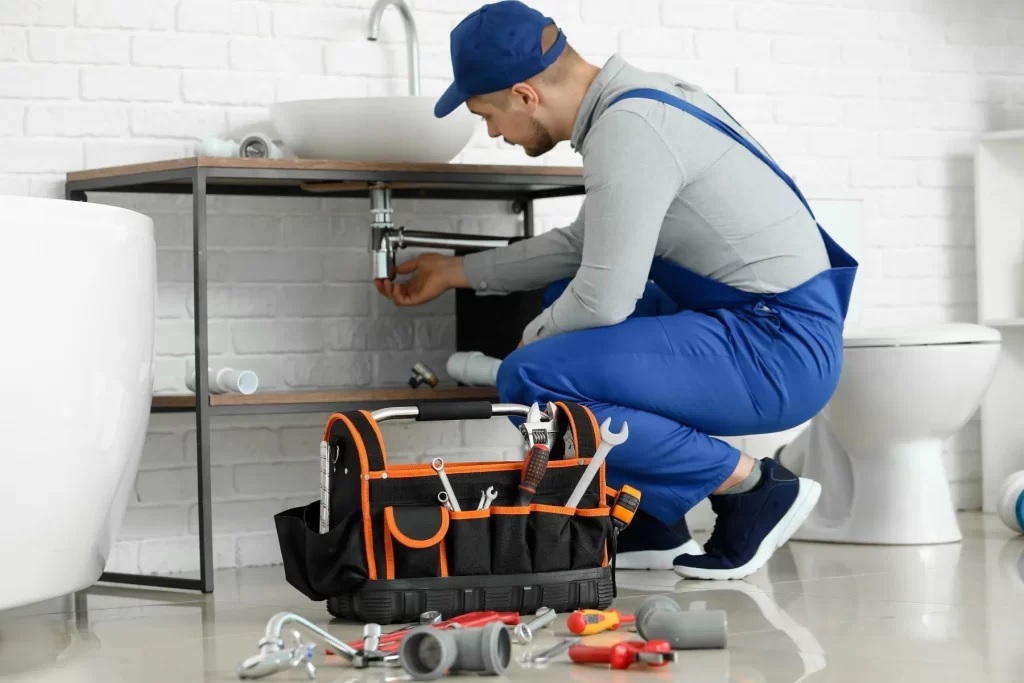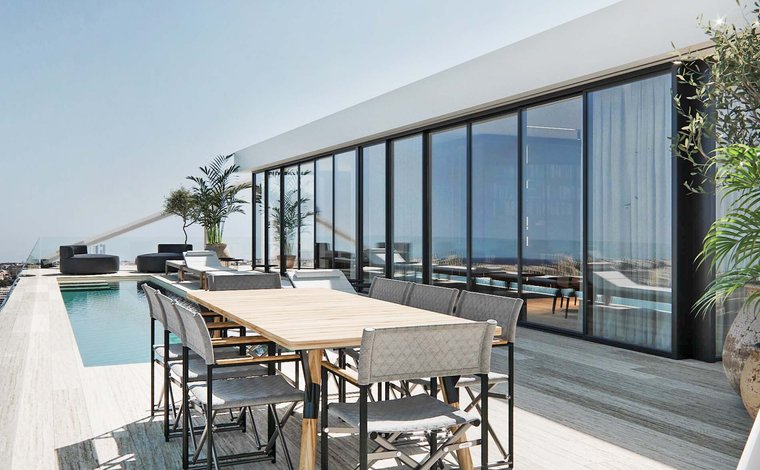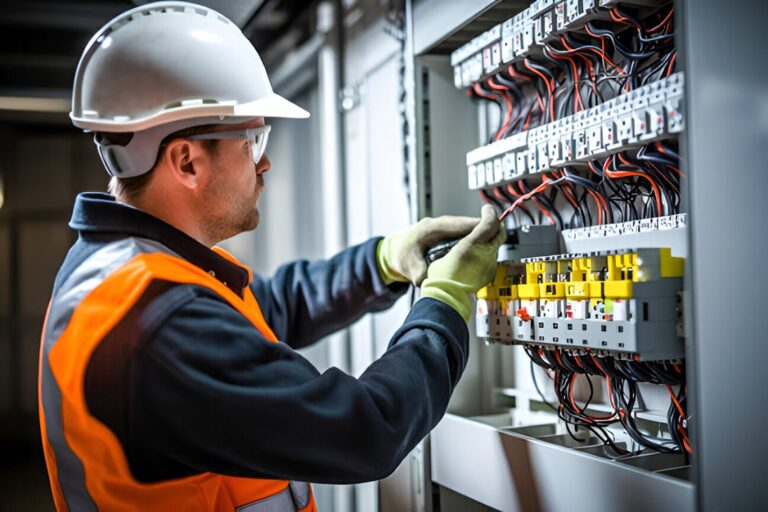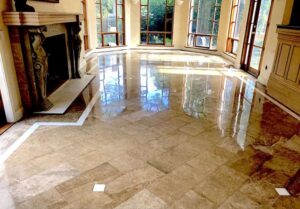South Korea, known globally for its rapid technological advancements and cutting-edge infrastructure, is also a leader in developing modern plumbing solutions that are as efficient as they are innovative. In the bustling heart of Seoul, as well as in the quieter rural towns, the plumbing systems reflect a blend of traditional practices and modern technologies, ensuring sustainability and convenience for its residents and businesses. This article explores the unique characteristics of 한인 플러밍, how it integrates with the nation’s culture of innovation, and what other countries can learn from its advancements.
The Evolution of Plumbing in Korea
Plumbing in Korea has evolved significantly over the centuries, from the underfloor heating systems known as ondol used in traditional Korean homes to contemporary smart home technologies that manage water usage efficiently. The evolution is not just about technological advancement but also a response to the country’s environmental policies and urban planning strategies. Modern Korean plumbing systems are designed to be eco-friendly, conserve water, and reduce the environmental footprint.
Core Features of Korean Plumbing Systems
- High Efficiency: Korean plumbing systems are designed for high efficiency, which is evident in the prevalence of low-flow toilets, faucets, and showerheads in homes and public facilities. These fixtures help reduce water usage significantly, a crucial factor in Korea’s broader environmental strategy.
- Technological Integration: Many Korean homes and businesses use smart water meters and IoT-enabled devices that allow residents and facility managers to monitor and control water usage in real time. This technology not only helps in reducing costs but also aids in early detection of leaks and other plumbing issues before they escalate.
- Water Quality Management: South Korea places a high emphasis on water quality. Tap water, known locally as Arisu, undergoes rigorous purification processes and is safe to drink in many parts of the country, which is a direct result of advanced plumbing and water treatment systems.
- Innovative Bathroom Solutions: The Korean approach to bathroom design includes features like heated seats, bidets, and even UV sterilization of fixtures. These features are now standard in many homes, hotels, and public restrooms across the country, showcasing a commitment to hygiene and comfort.
Challenges and Solutions in Korean Plumbing
While the advancements are commendable, the rapid urbanization in Korea presents unique challenges such as high-density living and the need for efficient sewage management. Korean engineers and city planners have responded with innovative solutions:
- Vertical Sewerage Systems: Skyscrapers and high-rise buildings are equipped with advanced vertical sewerage systems that are designed to handle large volumes of waste efficiently without the risk of backups or overflows.
- Rainwater Harvesting: In response to seasonal rainfall, many new buildings include systems to capture and reuse rainwater, reducing demand on municipal water systems and mitigating urban flooding.
Sustainability Practices in Korean Plumbing
Sustainability is at the core of South Korean environmental policies, and plumbing systems are no exception. The government often incentivizes the installation of energy-efficient and water-saving plumbing fixtures. Moreover, public campaigns about water conservation are frequent and widely embraced by the public, reflecting a cultural appreciation for sustainability.
What Can the World Learn from Korea?
Korea’s approach to plumbing, which balances technological innovation with environmental sustainability, offers several lessons:
- Adoption of Smart Technologies: Integrating smart technologies in plumbing systems for better water management and efficiency.
- Focus on Sustainability: Prioritizing the development and implementation of eco-friendly plumbing solutions can lead to significant environmental and economic benefits.
- Public Engagement: Korea’s success with public campaigns for water conservation shows the importance of engaging citizens in sustainability efforts.
Conclusion
The sophistication of Korean plumbing systems offers a glimpse into a future where technology and tradition blend seamlessly to create efficient, sustainable infrastructure solutions. As countries around the world grapple with the challenges of urbanization and environmental sustainability, South Korea’s innovations in plumbing provide both inspiration and a roadmap to follow. For professionals in the industry, adopting these practices could not only lead to improvements in water management and efficiency but also enhance the overall quality of life for their communities.



